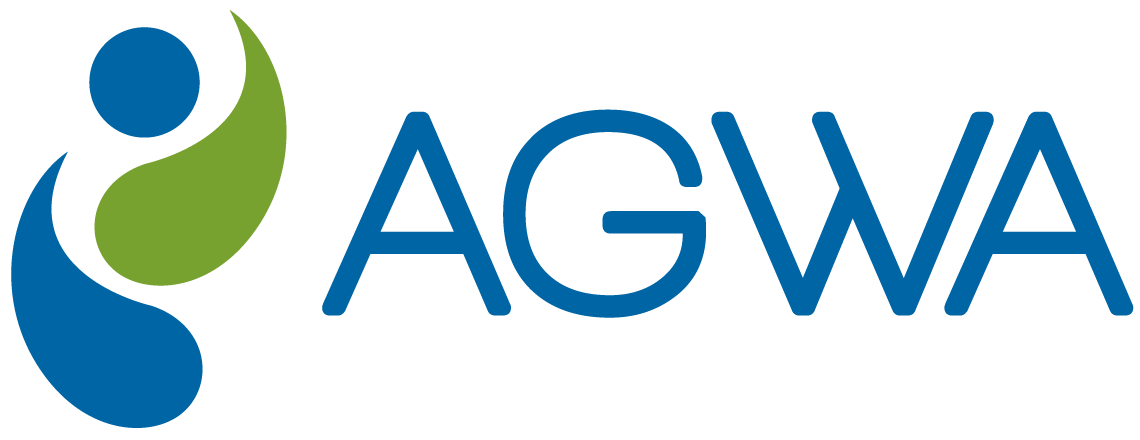Natural Security’s Desert Rose: An Opening for Resilience in Gaza?
Intro Essay for the Water Resilience for Economic Resilience Newsletter
Earlier this year, I wrote about how “natural security” was critical to “national security,” that resilience can reduce and prevent conflict in ways that complement a broader security agenda. Here, I want to argue that natural security is also important once the shooting stops. Natural security can secure the peace.
Today, the guns have gone largely quiet in Gaza. One of the factors for holding and keeping peace in the region will depend on what happens now. Will investment flow in a way that can provide a foundation for prosperity? How will rebuilding be directed? In the subsequent silence, can practical optimism emerge from the rubble?
These questions have real moment. After a long silence, my inbox has quietly been flooded by groups working in the Levant for decades for peace and democracy. I hope financial flows are also awakening as weapons recede.
During a moment of reflection and hope, some lessons from other places seem relevant. Uppermost in my mind has been the concurrent twentieth anniversary of Hurricane Katrina’s strike against New Orleans, Louisiana, here in the US.
New Orleans is a great city — one I feel attached to through the bonds of family and experience. Hurricane Katrina was a modest hurricane that became an epic disaster, whose impacts were predicted long before the storm occurred. Imagine bodies decomposing in the streets, hospitals so isolated that physicians had to make extreme choices about patient care vs survival, and the collapse of neighborhoods, governance, and ecosystems. The stories at that time seem more reminiscent of the aftermath of the Great Death in the middle ages than the past two hundred years in North America.
Local response was led by the national government, to the order of some 75 billion USD. About 14 billion USD alone was spent on a flood protection system, most of which was spent within about eight years. Is New Orleans a more resilient city today?
That depends on what you mean by resilient! Would New Orleans withstand a hurricane equal to Katrina? Absolutely. Is the city and larger region treating these resilience as an ongoing and systematic project and concern, capable of embracing the changes that are coming? That’s much less clear. And indeed, the scale of funding may represent more of a rebuilding approach or a broader economic subsidy than what we might consider resilience today. In fairness, our vision of resilience over the past decade has changed a great deal than in the first ten years after Hurricane Katrina. Many observers are concerned about the medium and long term viability of the city and region.
Something even larger than a hurricane has hit the people of Gaza — and the region is far more devastated than New Orleans. The social and economic resilience of Gaza have been fundamentally altered. Entire cities and very basic infrastructure have effectively disappeared, while the sectors necessary for subsistence — food, water, transport and distribution systems, electricity, and retail markets — will need profound reconstruction.
It’s (relatively) easy to rebuild: look at what was there. But resilience is not an automatic response. In this period before tanks transition to bulldozers and construction supersedes destruction, Gaza might benefit from a resilience foundation — a matrix to guide growth and investment. What might that look like? Some ideas:
Master resilience planning for basic infrastructure is a natural beginning point: planning energy and water utilities, communications and data, agriculture and healthcare. Water is a connective thread for all of these sectors — from the water in electricity and farming to data centers. With a sudden rush of money, projects are at high risk of creating competitive water consumption patterns — even the serious danger of tying growth to passively accelerating water consumption. Given that Gaza is a coastal desert, water sources will need careful consideration, including desalination, reuse, and transportation and movement systems.
Re-envisioning ecosystems, disaster response, cities, and rural livelihoods also needs to co-occur. The MENA region generally is becoming drier, but extreme precipitation events are occurring more frequently. Can we slow down water on the landscape, rebuilding and reconnecting the ancient connections between wetlands and rivers with the communities embedded in them? These trends can come together, for instance, with passive aquifer recharge by working with farmers and programs such as sponge cities. The desert can blossom and bloom.
Engaging with regional neighbors for the trade of goods and services, mutually beneficial development policies, and planning for interlocking financial and economic systems. The best way to encourage viable agriculture in Gaza may, for instance, be through loosening the connections between energy generation and transfer and water-cooled thermal systems; seeing the water and climate risks in commodities pricing and tariff and trade systems may also help. Regional adaptation and resilience planning seem essential across the region. And by linking local and regional processes to NDCs and NAPs, climate finance can be leveraged at scale.
Investing in the capacity of young professionals and communities to embed water-centric resilience, at all levels. Resilience is an inherently positive, affirming, and integrative approach that can braid diverse groups together. But resilience is not an accidental outcome. You need to train, plan, and prepare for resilience.
Several groups already embody these ideals, such as EcoPeace Middle East and MEDRC. The leadership of these teams has been working for decades across the region to manifest resilience within and between institutions. They see water — and water and climate — as core to their missions.
God willing, this work can accelerate, grow, and prosper.
John Matthews
Corvallis, Oregon, USA
Enjoy reading essays like this? Please subscribe to the AGWA family of newsletters! You can join AGWA and subscribe here.

